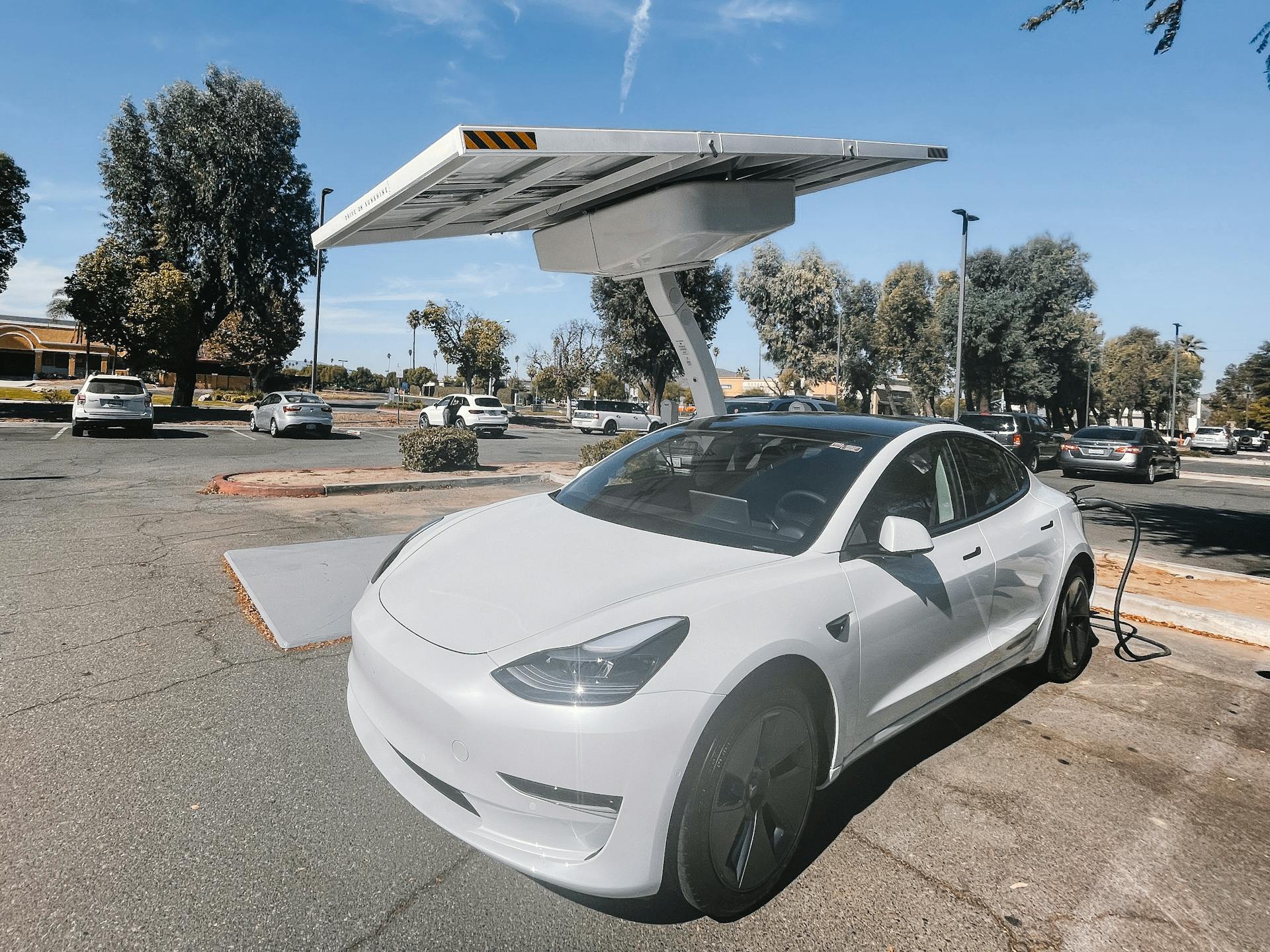New Charging Tech in 2025: Boosting Electric Cars’ Range and Speed
In recent years, electric vehicles (EVs) have shifted from being niche products to central players in the future of transportation. As we approach 2025, groundbreaking advancements in charging technology are set to revolutionize how we power our electric cars, significantly boosting their range and speed. According to BloombergNEF, the global EV market is projected to grow from 3 million in 2020 to 54 million by 2040. This surge highlights the need for more efficient charging solutions. In this article, we’ll explore the latest innovations in EV charging technology, providing insights into how these developments will enhance the driving experience, increase convenience, and make electric cars more accessible to the masses.
The Rise of Ultra-Fast Charging Stations
What Are Ultra-Fast Chargers?
Ultra-fast chargers, also known as high-power chargers, are at the forefront of the new charging tech in 2025. These stations can deliver up to 350 kW, significantly reducing charging times. For context, InsideEVs reports that a typical Level 2 home charger provides about 7-22 kW, which takes several hours to fully charge an EV. In contrast, ultra-fast chargers can top up an EV’s battery to 80% in as little as 15-20 minutes, depending on the vehicle’s battery capacity.
Key Players and Developments
Major automotive and tech companies are investing heavily in ultra-fast charging networks. Tesla’s Supercharger V4 stations, set to roll out in 2025, promise even faster charging speeds and broader compatibility with various EV models. Similarly, Electrify America, backed by Volkswagen, is expanding its network across the U.S. with plans to install over 1,800 fast-charging stations by 2025.
Impact on EV Adoption
The proliferation of ultra-fast chargers will alleviate one of the most significant barriers to EV adoption—range anxiety. With quicker charging times, drivers can embark on long journeys without worrying about extended downtime. This convenience, coupled with the increasing range of new EV models (often exceeding 300 miles per charge), makes the transition from internal combustion engines to electric vehicles more appealing.
Wireless Charging: The Future of Convenience
How Wireless Charging Works
Wireless charging technology, also known as inductive charging, eliminates the need for cables and plugs. Using electromagnetic fields, energy is transferred from a charging pad on the ground to a receiver on the vehicle. This technology, while still in its nascent stages, is expected to become more prevalent by 2025.
Advantages of Wireless Charging
- Convenience: Simply park your car over a charging pad, and the charging begins automatically.
- Reduced Wear and Tear: Without cables, there’s less physical wear on charging connectors.
- Integration with Smart Cities: Wireless charging can be incorporated into roadways and parking lots, offering seamless charging in urban environments.
Current Developments
Companies like WiTricity and Momentum Dynamics are pioneering wireless charging solutions. In 2023, the city of Oslo launched a pilot program using wireless charging taxis, aiming to reduce emissions and improve charging efficiency.
Solid-State Batteries: A Game Changer
What Are Solid-State Batteries?
Solid-state batteries are poised to revolutionize the EV industry with their enhanced energy density and safety benefits. Unlike traditional lithium-ion batteries, which use liquid electrolytes, solid-state batteries utilize a solid electrolyte, allowing for a more compact design and increased storage capacity.
Benefits of Solid-State Technology
- Increased Range: Solid-state batteries could potentially double the range of current EVs. For instance, a vehicle with a 300-mile range could see an increase to 600 miles on a single charge.
- Faster Charging: These batteries can withstand higher charging rates, reducing the time spent at charging stations.
- Safety: The solid electrolyte reduces the risk of overheating and fires, a critical concern with current battery technologies.
Industry Leaders and Timelines
Toyota, a leader in solid-state battery development, plans to integrate this technology into its EVs by 2025. Similarly, QuantumScape, backed by Volkswagen, is making significant strides in bringing solid-state batteries to market, with commercial production expected by the mid-2020s.
Practical Guide: How to Choose the Best EV for Your Needs
Key Factors to Consider
- Range: Look for models with at least 250 miles of range to ensure flexibility in travel without frequent recharging.
- Charging Options: Consider the availability of ultra-fast and wireless charging in your area.
- Battery Technology: Keep an eye on upcoming models featuring solid-state batteries for better performance and safety.
- Price and Incentives: Factor in government incentives and tax credits, which can significantly reduce the overall cost.
Best EVs of 2025
- Tesla Model 3: Known for its range and performance, the Model 3 remains a top choice.
- Ford Mustang Mach-E: Offers a blend of style, range, and cutting-edge tech.
- Lucid Air: With its luxury features and impressive range, it’s perfect for premium EV seekers.
Conclusion: Charging Ahead to a Sustainable Future
As we look toward 2025, the advancements in charging technology are set to transform the electric vehicle landscape. From ultra-fast chargers and wireless technology to solid-state batteries, these innovations will make EVs more practical and desirable than ever before. As these technologies become mainstream, the transition to electric mobility will accelerate, leading us toward a more sustainable and eco-friendly future. Which new charging technology are you most excited about, and how do you think it will impact your daily driving experience? Share your thoughts in the comments below, and stay tuned for more updates on the electrifying changes shaping our roads.

